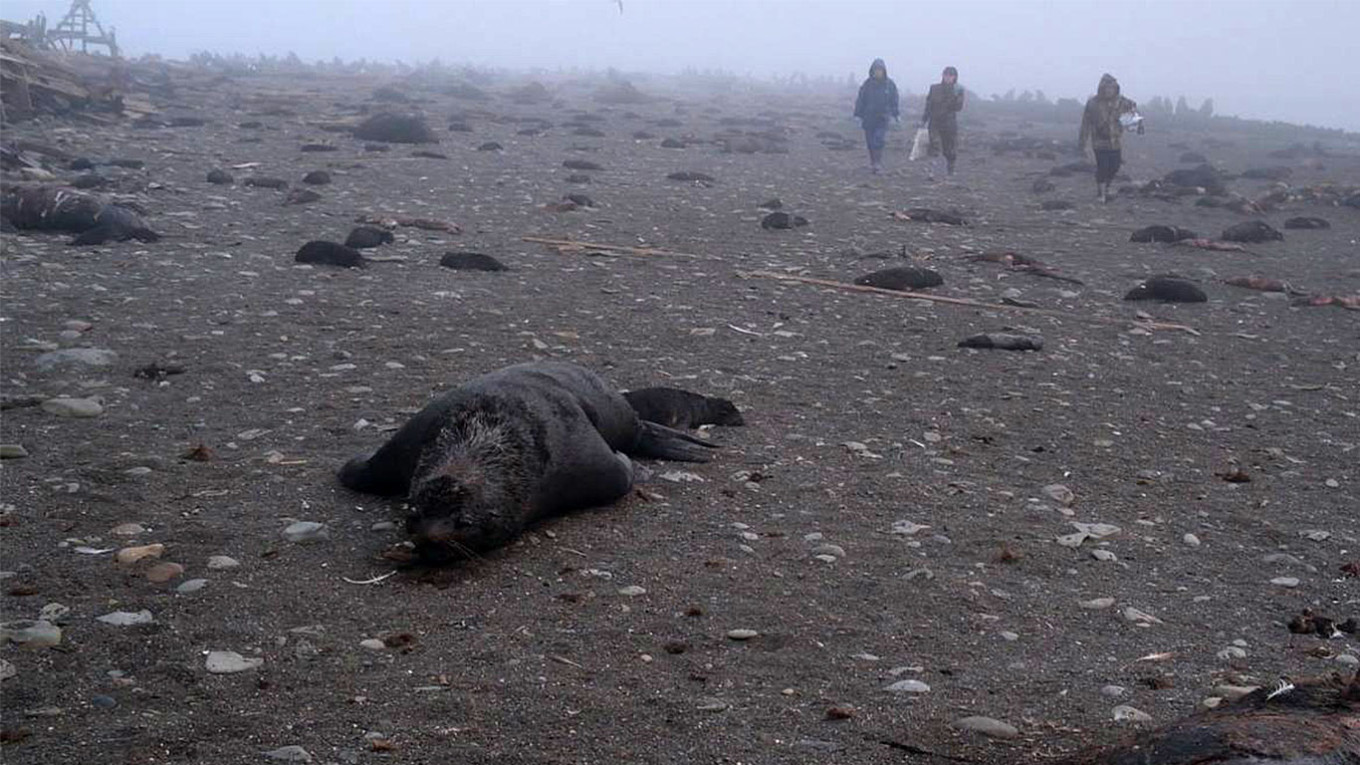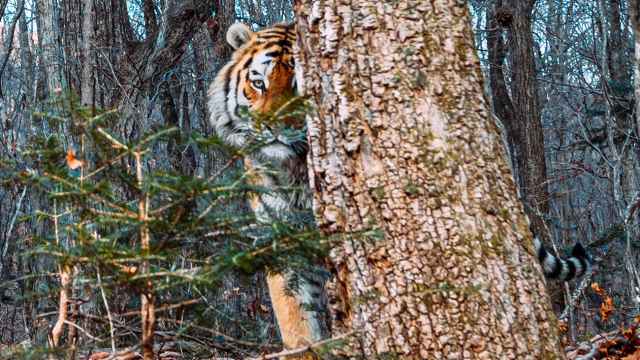A mass die-off of northern fur seals and Steller sea lions was discovered by a group of conservations in Russia’s Far East, local media reported Thursday.
Photos published online showed the animals’ carcasses scattered across the shore of Tyuleniy Island, located around 17 kilometers off the coast of Sakhalin.
Conservationists from the Friends of the Ocean wildlife relief group and Club Boomerang, a Sakhalin regional organization, counted more than 300 bodies of the dead marine mammals during an expedition to the island, saying they had “never seen anything like it.”
The cause of the mass die-off is still unknown, but members of the expedition to Tyuleniy Island suggested that toxic poisoning or viral infection could have been among the causes.
“For now, we can only speculate. In any case, without expert analysis, it’s too early to draw any conclusions,” ecologist Zhora Kavanosyan, who was not involved in the expedition, said on the Telegram messaging app.
The group of conservationists said they had contacted local authorities about the incident, but have yet to receive a response.
News of the mass die-off came just a day after members of the same expedition said they had untangled over 150 animals from plastic waste.
Every August, a group of scientists, veterinarians and volunteers visit Tyuleniy Island to rescue animals and free them from plastic pollution.
Tyuleniy Island, which in Russian means “island of seals,” serves as a mating ground for northern fur seals and steller sea lions that inhabit the waters around the Far East island of Sakhalin.
Friends of the Ocean estimates that the island is home to some 130,000 fur seals, which are considered a “vulnerable” species, according to the International Union for Conservation of Nature (IUCN).
Steller sea lions, meanwhile, are listed as “near threatened” by the IUCN.
A Message from The Moscow Times:
Dear readers,
We are facing unprecedented challenges. Russia's Prosecutor General's Office has designated The Moscow Times as an "undesirable" organization, criminalizing our work and putting our staff at risk of prosecution. This follows our earlier unjust labeling as a "foreign agent."
These actions are direct attempts to silence independent journalism in Russia. The authorities claim our work "discredits the decisions of the Russian leadership." We see things differently: we strive to provide accurate, unbiased reporting on Russia.
We, the journalists of The Moscow Times, refuse to be silenced. But to continue our work, we need your help.
Your support, no matter how small, makes a world of difference. If you can, please support us monthly starting from just $2. It's quick to set up, and every contribution makes a significant impact.
By supporting The Moscow Times, you're defending open, independent journalism in the face of repression. Thank you for standing with us.
Remind me later.






